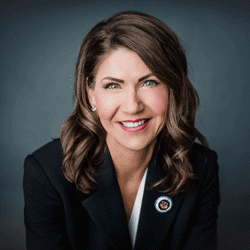Thune Questions Secretary of Transportation Nominee Mayor Pete Buttigieg

Thune Questions Secretary of Transportation Nominee Mayor Pete Buttigieg
“It is crucial that transportation policy and investment continue to recognize the importance of rural areas – where the vast majority of agricultural and industrial commodities originate – to keep the transportation system fluid, dynamic, and interconnected.”
Click here or on the picture above to watch Thune’s speech.
WASHINGTON — U.S. Sen. John Thune (R-S.D.), a member of the Senate Committee on Commerce, Science, and Transportation, today delivered remarks at the committee’s nomination hearing for Mayor Pete Buttigieg to be Secretary of Transportation. Thune questioned Mayor Buttigieg on his approach to freight rail policy, tribal transportation, and support for state departments of transportation.
Thune’s opening remarks (as prepared for delivery):
“Mayor Buttigieg, thank you for being here today as this Committee considers your nomination for Secretary of Transportation. Transportation infrastructure investment has always been an area for bipartisan cooperation, as evidenced by passage of the FAST Act, which enjoyed wide popularity in Congress and among states.
“The FAST Act included strong investments in rural America, which are critical for states like South Dakota that rely on Federal investment in transportation infrastructure to ensure the efficient flow of goods to domestic and global markets. Freight corridors within rural areas are a critical component of the national transportation system. Those investments benefit the entire country, not just the rural areas. Highways and railways in rural regions must be connected to our nation’s major cities, which need the many products that originate in the heartland.
“It is crucial that transportation policy and investment continue to recognize the importance of rural areas – where the vast majority of agricultural and industrial commodities originate – to keep the transportation system fluid, dynamic, and interconnected.”
###



